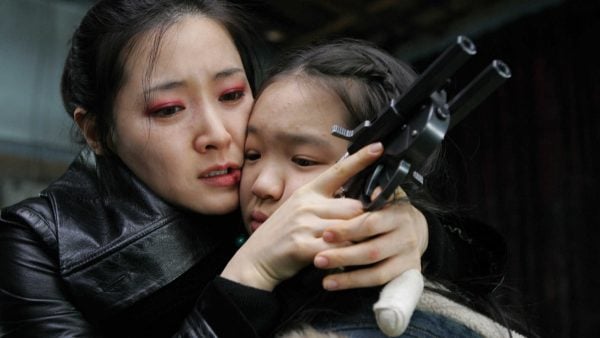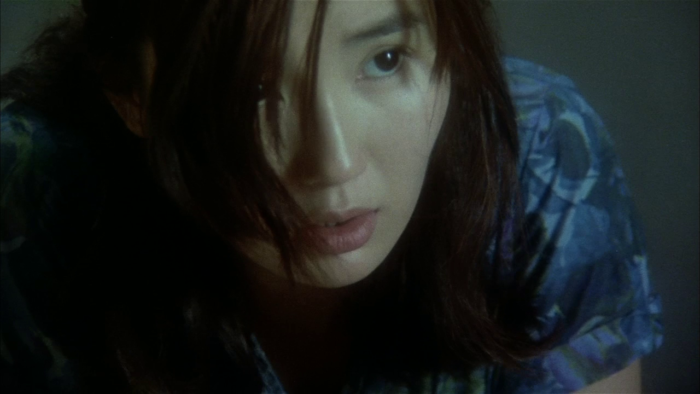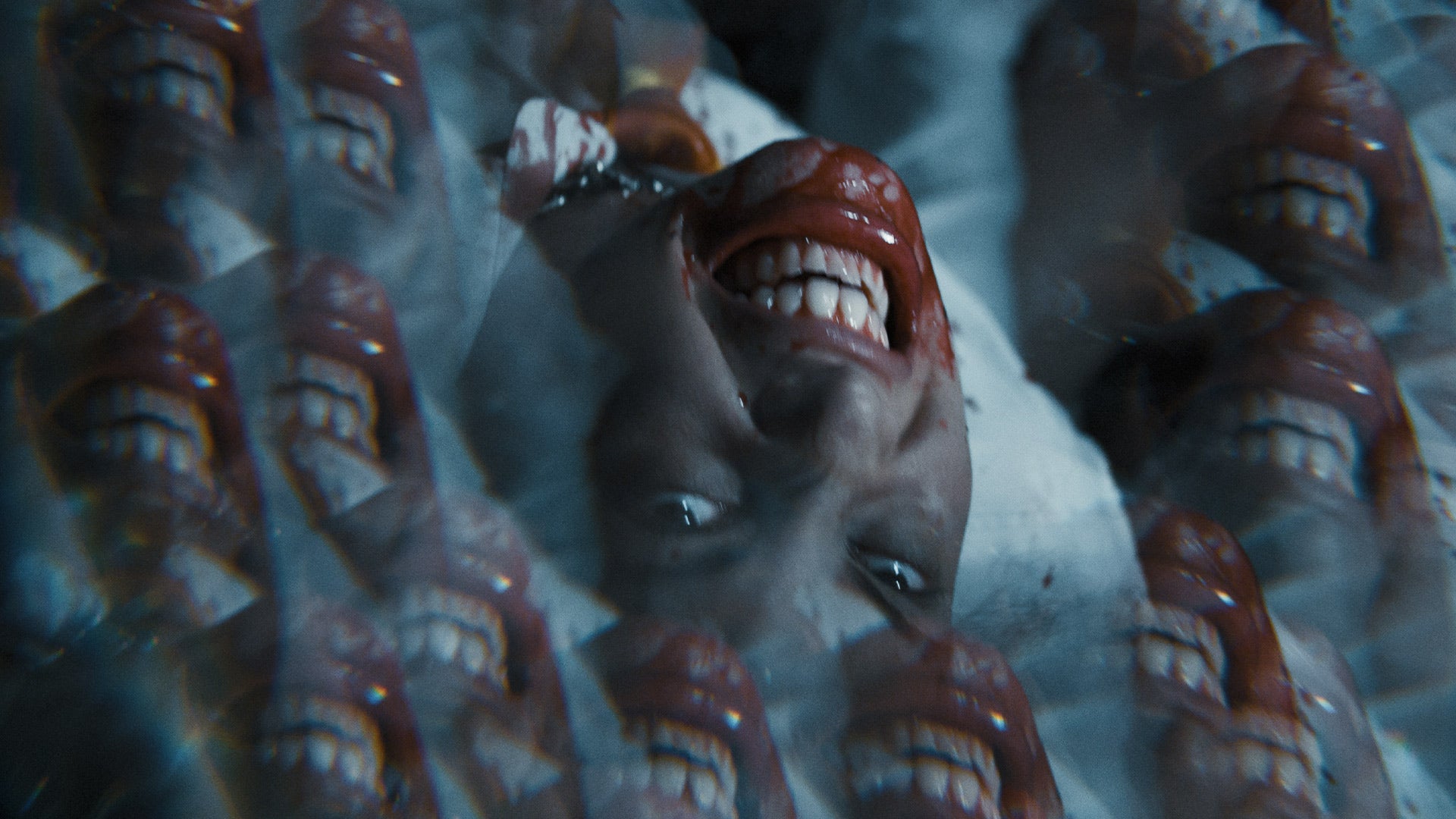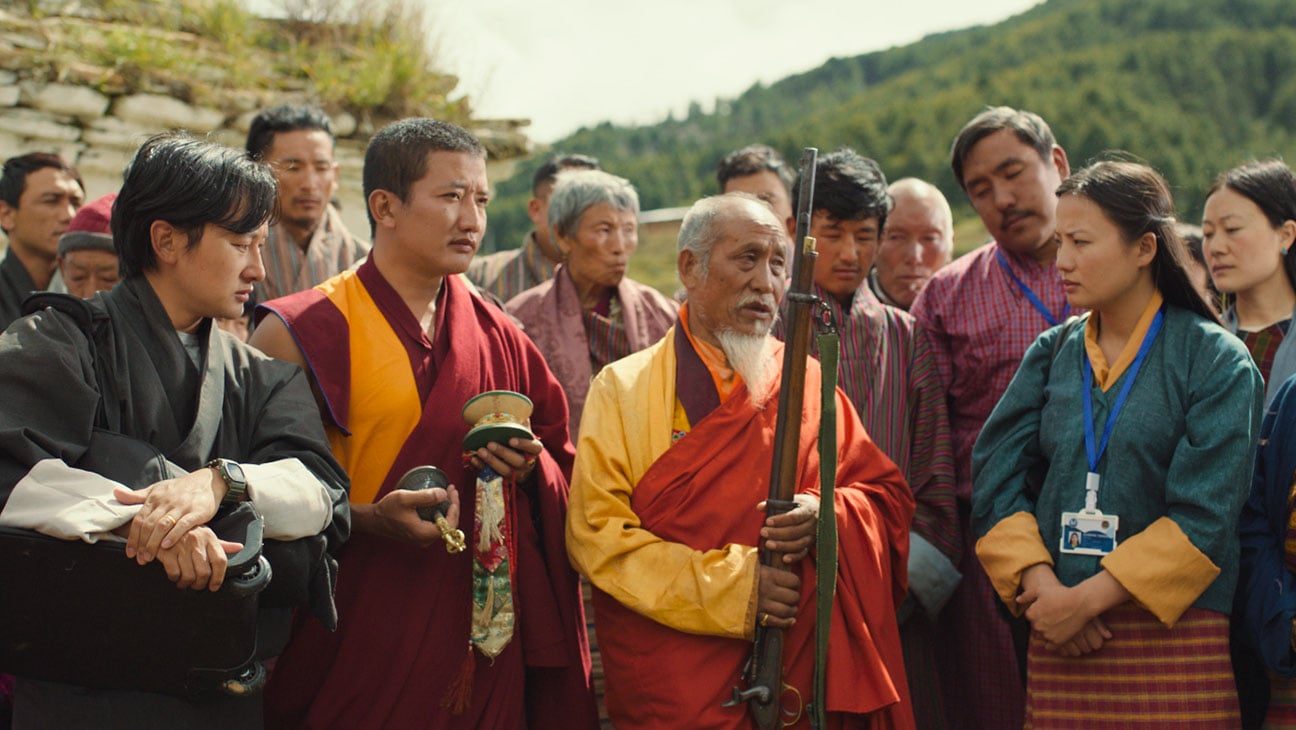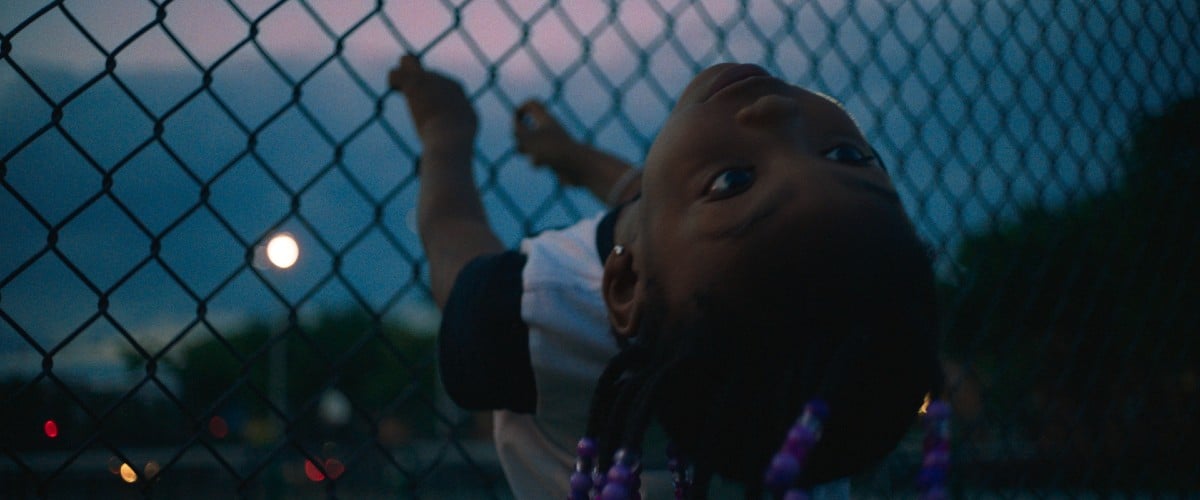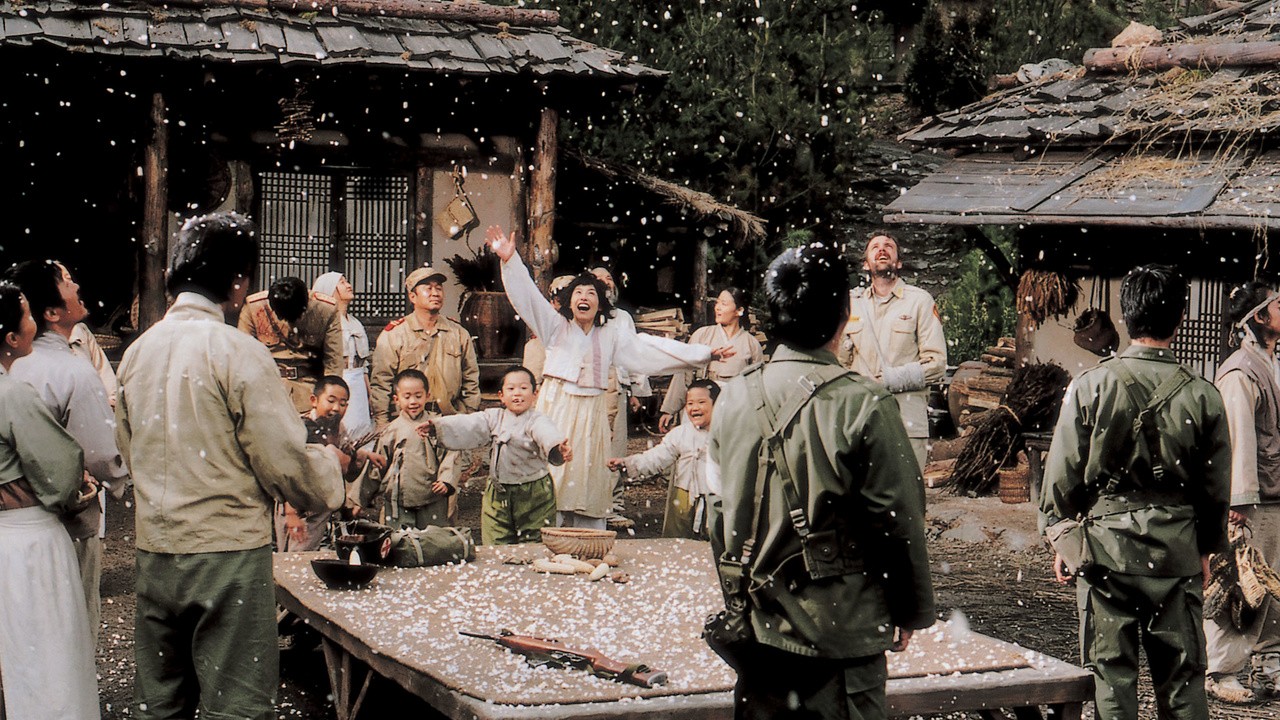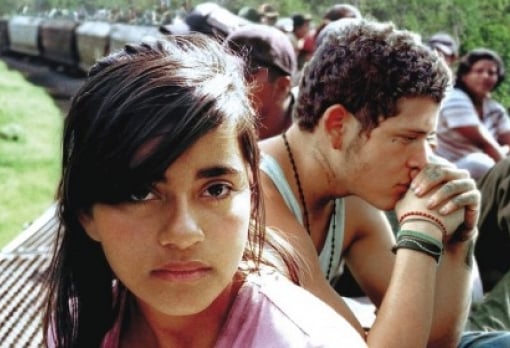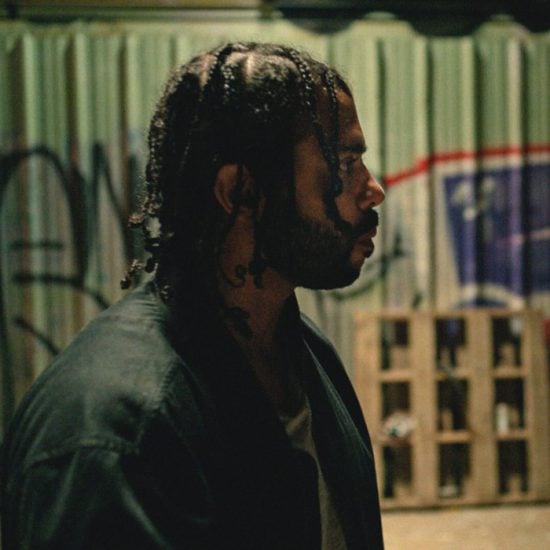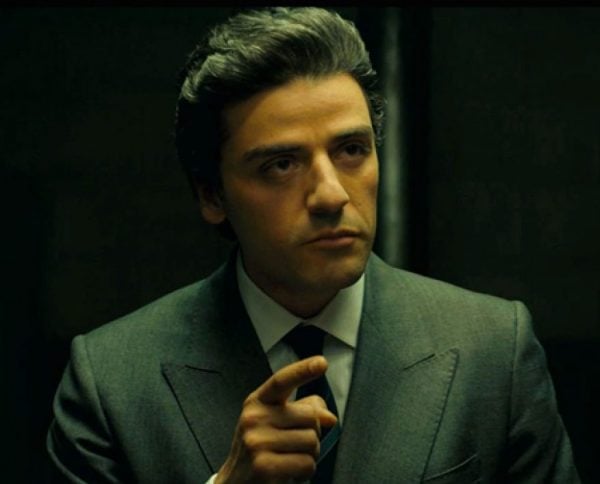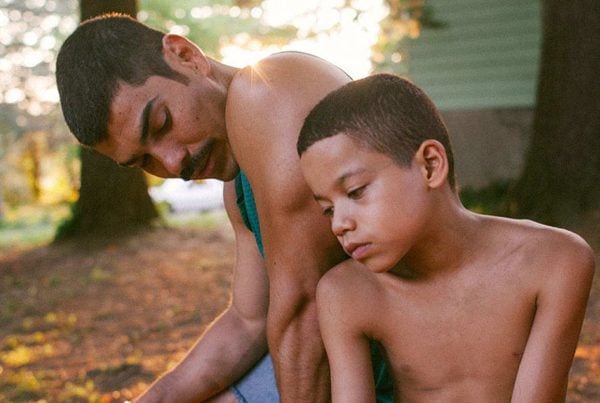
120 Best Films That Center BIPOC Experiences
February 17, 2025
Share:
It’s time to amplify the voices that have long been marginalized and bring to the forefront the rich tapestry of BIPOC experiences. Delve deep into the diverse narratives, struggles, triumphs, and resilience of Black, Indigenous, and People of Color communities. Prepare to be moved, educated, and inspired as we embark on a cinematic journey that expands our horizons and fosters empathy. These films are a testament to the beauty, strength, and unwavering spirit of BIPOC individuals, reminding us of the transformative power of cinema.
Read also:
71. Lady Vengeance (2005)
Genres
Director
Actors
Moods
This Park Chan-Wook classic is the third part of a trilogy of films around the theme of revenge, following Sympathy for Mr. Vengeance and Oldboy. While ultimately unique, Lady Vengeance is a thriller set in a prison, in the vein of films such as the Japanese action drama Female Prisoner #701: Scorpion. After being framed and wrongly convicted for murder, our protagonist seeks out the true perpetrator of the crime –– but more than anything else, she seeks vengeance.
This film’s run time is 115 minutes and every second is essential. There is often gratuitous violence perpetrated by men against women in film, however Lady Vengeance takes back control and for that reason it remains one of my favorite revenge films.
72. Days of Being Wild (1990)
Genres
Director
Actors
Moods
Forlorn longing envelops Days of Being Wild, where the act of dreaming is as valuable as its actual fulfillment. “You’ll see me tonight in your dreams,” Yuddy tells Su Li-zhen on their first meeting, and indeed, this line of dialogue sets the film’s main contradiction: would you rather trap yourself in the trance-like beauty of dreams or face the unpleasant possibilities of reality? Wong Kar-wai’s characters each have their own answers, with varying subplots intersecting through the consequences of their decisions. In the end, happiness comes in unexpected ways, granted only to those brave enough to wake up and dream again.
73. Perpetrator (2023)
Genres
Director
Actors
Moods
There’s a degree of removal in Perpetrator which some viewers may find jarring: most visibly, in the performances, whose heightened sensitivity can seem unlikely for a horror film. That said, director Jennifer Reeder’s main conceit here is to entertain and make you think, and she doesn’t want you to get too comfortable. In the central concept of “Forevering,” a family curse spell that Jonny goes through, Reeder vests her character with metamorphic potential, and with that, ignites hope for a future that is better for women and for horror cinema as a whole. But the film is not overly intellectual. It’s rather intuitive in its world-building and celebrates horror’s final girl trope in a well-deserved way. A little gore, some slasher tropes, LGBTQ+ themes, and strong central characters make it a perfect pre-Halloween treat.
74. The Monk and the Gun (2024)
Genres
Director
Actors
Moods
To plenty of countries around the globe, democracy has become so ubiquitous that we forget it’s relatively new, at least relative to the rest of human history. Bhutan is one of the last countries that became a democracy, and writer-director Pawo Choyning Dorji chose to depict a slice of how they made the shift in The Monk and the Gun. As Tashi sets out to obtain two weapons for his mentor, and Ron seeks a specific antique gun, Dorji presents slice-of-life moments of the beautiful Bhutan countryside, intercut with the subtle ways tradition still persists amidst modernity, and the funny ways change can clash with culture. It’s no wonder The Monk and the Gun was chosen as the Bhutanese entry for the Best International Feature at the 96th Academy Awards.
75. Daughters (2024)
Genres
Director
Moods
There are three threads in Daughters that directors Natalie Rae and Angela Patton weave beautifully together. The first thread follows the incarcerated men who gather every week to talk about fatherhood, mostly, because of the program that they’re in, but also: masculinity, race, systemic poverty, social mobility, and the skewed prison system in America. The discussions are raw and enlightening. “This isn’t normal, that we’re all in here,” one of the men wisely says, and it feels special to witness that moment of shared empowerment. The second thread follows the daughters, whose ages range from 5 to 15. In line with the film’s honesty, it shows us girls who miss their fathers and girls who don’t; girls who know everything about them and those who can’t even remember their faces. One is oblivious, the other suicidal. This part is enlightening in a different way: you hope the kids are too young to realize what’s going on, but that’s almost never the case. The final thread is where the two others meet: it offers the most heartbreaking parts of the film, but also the most beautiful. Both parties dress up, take pictures, move on the dancefloor, and say their inevitable goodbyes, and all this is captured in the same darklit, grainy color as the film cameras the fathers and daughters are given to document the dance. The direction and editing is artistic, but never in a gratuitious way. Instead, like other parts of the film, it’s filled with gentleness and empathy.
76. Welcome to Dongmakgol (2005)
Genres
Director
Actors
Moods
War changes the way we view people from the other side. On the most fundamental level, seeing an enemy combatant can mean death, but this eventually bleeds out into anger and hatred towards the enemy, because of the loss, the pain, and the fear war tends to wage. War drama Welcome to Dongmakgol understands this, but rather than delve into the painful separation of the Korean peninsula in ways that have been depicted before, the film instead plucks a few soldiers from both fronts and drops them into an isolated village far from the battleground. This scenario is quite unlikely, after all, the mountainside town without technology would probably not be as idyllic as portrayed. Nevertheless, it’s an interesting thought experiment to see the simple, straightforward peace that was forgotten with foreign intervention and global geo-politics. Welcome to Dongmakgol can be quite goofy at times– see the green screen wild boar scene– but the comedy is a standout anti-war film because of its optimism towards human nature.
77. Sin Nombre (2009)
Genres
Director
Actors
Moods
A foreign film on par with City of God, and carrying its heritage of naturalistic performances and raw stories. Sin Nombre will take you into a world filled with gut wrenching violence, heart-breaking loss, and non-stop suspense. And while definitely a tough watch, it reports the horrors of immigration with humane and sometimes hopeful outlook.
The profound and epic redemption in this movie will leave you thinking about it for days.
78. Blindspotting (2018)
Genres
Director
Actors
Moods
It’s hard to pin point exactly what makes this movie so good. It’s an all-around “movie” movie. I think it can be called a buddy comedy because it is about two best friends who are also movers. It’s about their day-to-day, their families and their relationships. They’re both from the underclass of Oakland, and one of them is black, the other is white. And that’s where it stops being a comedy and becomes a more hard-hitting film. It illustrates gentrification better than any other movie I’ve ever seen. It has relevant and striking commentary on the main characters’ race, upbringing, and identity. But at the end of the day, it has a great plot, and for the most part it’s an easy-flowing movie. It’s half entertainment, half social commentary, and both parts are equally well-done. It’s like movie unicorn, and it’s perfection. One of the two friends is played by Daveed Diggs, who you might know from Hamilton.
79. A Most Violent Year (2014)
Genres
Director
Actors
Moods
Jessica Chastain and Oscar Isaac star in this slow-burning but impeccable crime thriller.
Abel Morales (Isaac) owns a fuel distribution company in 1980s New York. His competitors are violent and corrupt, and the feds are after him. The temptation to resort to unlawful methods is high, especially that his wife (Chastain) is the daughter of a mobster.
A Most Violent Year is about how this temptation of corruption unfolds and whether Abel will surrender to it or not.
80. We the Animals (2018)
Genres
Director
Actors
Moods
Three half-Puerto-Rican, half-white boys grow up in suburban New York in this personal movie shot on stunning 16mm film.
This movie follows the boys, often literally with the camera behind their backs, as their parents’ relationship goes through turmoil. The kids are often left unattended and have to fend for themselves. The beauty of We the Animals is illustrating how they grow-up swinging between the angry character of their father and the protective nature of their mother.
This is one of the best movies I’ve seen in a long time, and I think I loved it so much because I was able to relate and feel for the main character (one of the boys). I really hope you will too.
Comments
Add a comment
Ready to cut the cord?
Here are the 12 cheapest Live TV streaming services for cord-cutting.
More lists
Lists on how to save money by cutting the cord.
Curated by humans, not algorithms.
© 2025 A Good Movie to Watch. Altona Studio, LLC, all rights reserved.
